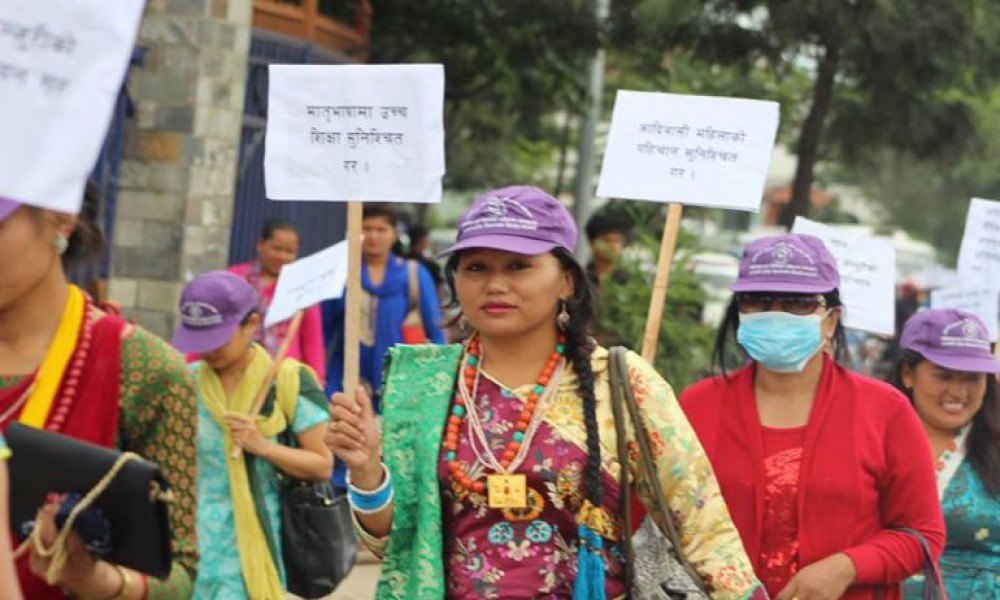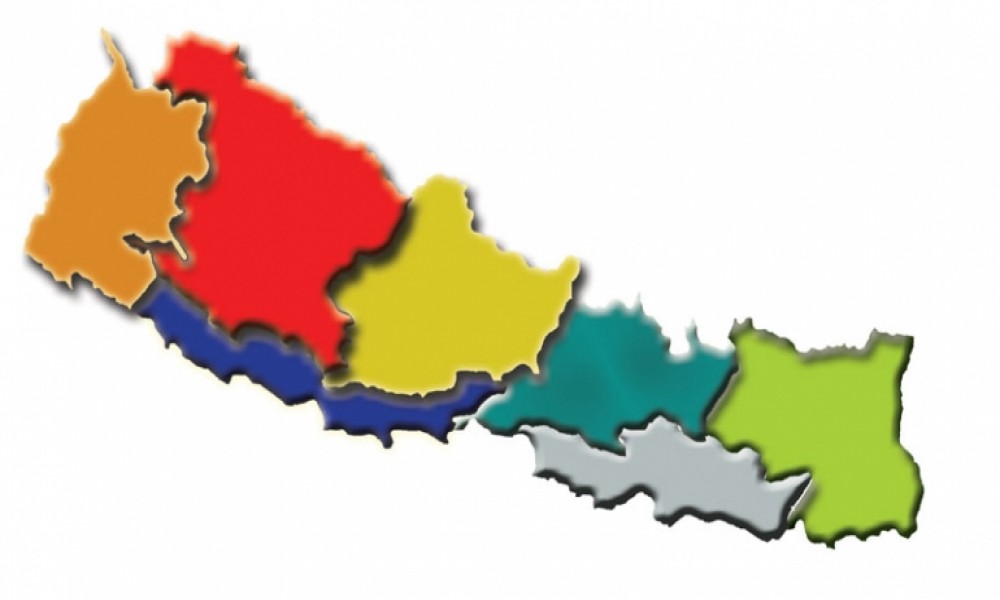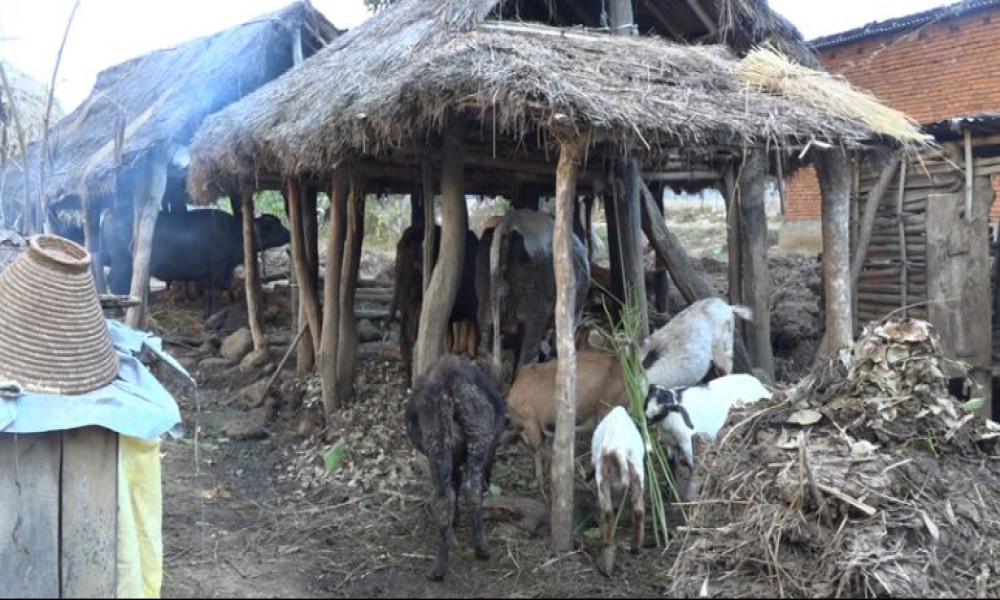Nepalese Indigenous Peoples are observing the 22nd International Day of the World's Indigenous Peoples by organizing various, events and activities. The International Day of the World’s Indigenous Peoples is commemorated annually on 9 August, in recognition of the first meeting of the United Nations Working Group on Indigenous Populations, held in Geneva in 1982. The International Day was established by the General Assembly in December 1994.
The day is observed also to promote and protect the rights of the world’s indigenous population. The theme of this year is--Indigenous Peoples' right to education. While, the Asia regional theme of the day is, “Protect our rights, our lands!”
Issuing a message, Secretary General of Asian Indigenous Peoples Pact (AIPP), Joan Carling said, " We urgently need to address the continuing violations of our collective rights as indigenous peoples, particularly our rights to our lands, territories and resources which are the bases of our identity, wellbeing, dignity and collective survival and development.
The International Day of the World’s Indigenous Peoples is commemorated annually on 9 August, in recognition of the first meeting of the United Nations Working Group on Indigenous Populations, held in Geneva in 1982. The International Day was established by the General Assembly in December 1994.
The right of indigenous peoples to education is protected by Article 14 of the UN Declaration on the Rights of Indigenous Peoples (UNDRIP), which, among other things, states that “Indigenous peoples have the right to establish and control their educational systems and institutions providing education in their own languages, in a manner appropriate to their cultural methods of teaching and learning.” Further, the UN Declaration provides the right for indigenous peoples to all levels of education within the State without discrimination. The right of indigenous peoples to education is also protected by a number of other international human rights instruments, including the Universal Declaration of Human Rights.
The 2030 Agenda for Sustainable Development, primarily Goal 4, calls for ensuring equal access to all levels of education and vocational training for vulnerable groups, including indigenous peoples. However, the 2030 Agenda does not include indicators on mother-tongue language education, an area that indigenous peoples have been lobbying for.
In 1990, the UN General Assembly also proclaimed 1993 the International Year of the World's Indigenous Peoples. Later, the UN General Assembly also established two International Decades of the World's Indigenous Peoples--the first 1995-2004 and the second 2005-2014 with the goal of strengthening international cooperation for solving problems faced by indigenous peoples in areas such as human rights, the environment, development, education, health, economic and social development.
Indigenous peoples in Nepal account for 35.81 percent of the total national population of about 26.5 million. Although they constitute such a significant proportion of the population, they have been marginalized in terms of socio-economic conditions, including land rights, educational, cultural and language rights and political participation, throughout the history of Nepal.
Nepalese Indigenous Peoples have decided to come together under Nepal Federation of Indigenous Nationalities (NEFIN) an umbrella organization of Indigenous Peoples Organization and decided to organize various program under the theme of 'Indigenous peoples in Nepal stand for federalism with identity and rights, collective campaign for amendments to the constitution'.
Known as adivasi janajati 59 ethnic/caste groups are officially recognized as Indigenous peoples in Nepal, who according to the 2011 census account for 35.81 percent of the total national population of about 26.5 million, but IPs' organizations claim a larger figure of more than 50 percent. Although they constitute such a significant proportion of the population, they have been marginalized in terms of socio-economic conditions, including land rights, educational, cultural and language rights and political participation, throughout the history of Nepal.
On the occasion of World Indigenous Day main celebrations committee- 2073 coordinator Nagendra Kumar Kumal urged government to enforce the agreements made in favor of the rights of indigenous peoples and guarantee the proportional representation in every state apparatus.
An estimation puts that there are 370 million Indigenous People in the world, living across 90 countries. Practicing unique traditions, they retain social, cultural, economic and political characteristics that are distinct from those of the dominant societies in which they live. They make up less than 5 per cent of the world's population. They speak an overwhelming majority of the world's estimated 7,000 languages and represent 5,000 different cultures. More than 200 million of the estimated 370 million indigenous peoples across the world are in Asia. The majority have no security over their lands and are not legally recognized as indigenous peoples, adding to their further discrimination, marginalization and exclusion.
“On this International Day of the World's Indigenous Peoples, I call on Governments everywhere ... to improve access to education for indigenous peoples and to reflect their experiences and culture in places of learning," said UN Secretary-General Ban Ki-moon sending a message to world Indigenous Peoples, adding, "Let us commit to ensuring indigenous peoples are not left behind as we pursue the vision of the Sustainable Development Goals.”
An estimation puts that there are 370 million Indigenous People in the world, living across 90 countries. Practicing unique traditions, they retain social, cultural, economic and political characteristics that are distinct from those of the dominant societies in which they live. They make up less than 5 per cent of the world's population. They speak an overwhelming majority of the world's estimated 7,000 languages and represent 5,000 different cultures.
In the message, General Secretary Moon also reiterated that Indigenous peoples face a wide range of challenges including systematic discrimination, denial of their land and territorial rights and inadequate access to essential services. Indigenous peoples regularly face stigmatization of their cultural identity and lack of respect and recognition for their heritage and values, including in textbooks and other educational materials. Their marginalization is often compounded by language barriers. Instruction is mainly in the national language, with little or no instruction in, or recognition of, indigenous languages, reads the message. This has grave consequences. Around the globe, indigenous youth are graduating from high school at rates well below the national average. In some countries, less than 40 per cent of indigenous children attend school full-time. In many others, few indigenous children complete a full high school education. This is unacceptable. We will not achieve the Sustainable Development Goals if we fail to address the educational needs of indigenous peoples.
Indigenous experts recommend efforts to ensure that indigenous peoples have access to education that is culturally and linguistically appropriate, with special priority given to indigenous women and girls as well as second-chance, vocational training and adult literacy programs.
On the commemoration of the International Day of the World’s Indigenous Peoples this year, Nepalese Indigenous Peoples too join hands together, strengthen our solidarity and multiply our efforts in asserting our rights to shape a better future for the next generations, the next guardians of the Mother Earth and demand for the protection of our rights, our lands! and the recognition of our collective land rights now.
Long live the indigenous peoples all over the world!









